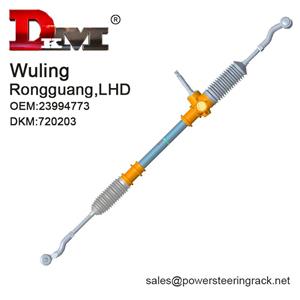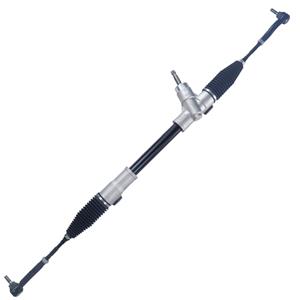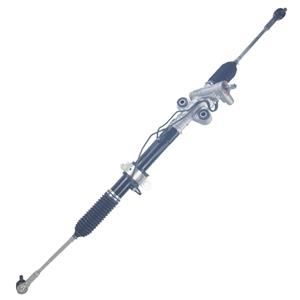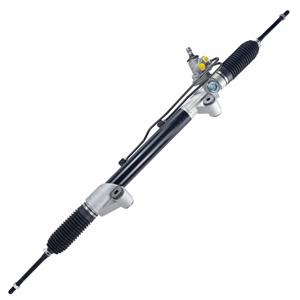-
Here are some common reasons that may cause power steering whining: 1. Air entering the hydraulic system 2. Aging or damaged power steering pump 3. Loose or worn belts 4. Clogged or damaged hydraulic lines 5. Fluid deterioration or contamination 6. Wear of internal components of the steering system
-
After entering the 21st century, with the rapid development of electric power steering (EPS) technology, the power steering system has undergone changes again. The electric power steering system no longer relies on hydraulic oil, but directly provides power to the steering wheel through an electric motor, making steering more precise and efficient.
-
One of the biggest advantages of hydraulic power steering rack is improved handling performance. Traditional mechanical steering systems achieve steering by directly connecting the steering wheel and wheels, requiring the driver to apply greater force, especially at low speeds or parking.
-
Steering becomes difficult If the electric power steering rack is damaged, one of the most obvious manifestations is that the steering wheel becomes difficult to turn. This is because the motor cannot provide normal power assistance, and the driver needs to rely on more force to complete the steering operation.
-
The steering wheel makes abnormal noises when turning, especially "squeaking" or "banging" knocking sounds, which are often early signs of wear or damage to the power steering rack end. When the seals or lubricants at the rack end are lost, friction increases, causing wear between parts, which in turn causes abnormal noises.
-
Typically, a repaired rack can last 3 to 5 years, or even longer, depending on the type of vehicle, the environment in which it is used, and the maintenance it has been given. If there are obvious problems such as steering stiffness, abnormal noise, or oil leakage after the repair, they should be inspected and replaced as necessary.
-
The production cost of a car is one of the key factors in determining whether to use a power steering rack. For some economical models with limited budgets, using a traditional mechanical steering system can greatly reduce manufacturing costs.
-
The power steering gear and rack and pinion are the two core components of the steering system. They are not directly "connected" to each other in terms of physical structure, but work together through control force and power assistance.
-
1970s: Power steering becomes standard in cars In the 1970s, power steering racks gradually changed from an optional configuration to a standard configuration for most cars on the US market. In particular, as the size and weight of cars increased further, manual steering systems became increasingly impractical.
-
The power steering gear is connected to the vehicle's steering link, which is directly connected to the wheel knuckle. When replacing the power steering gear, the steering link must be removed from the steering knuckle.




